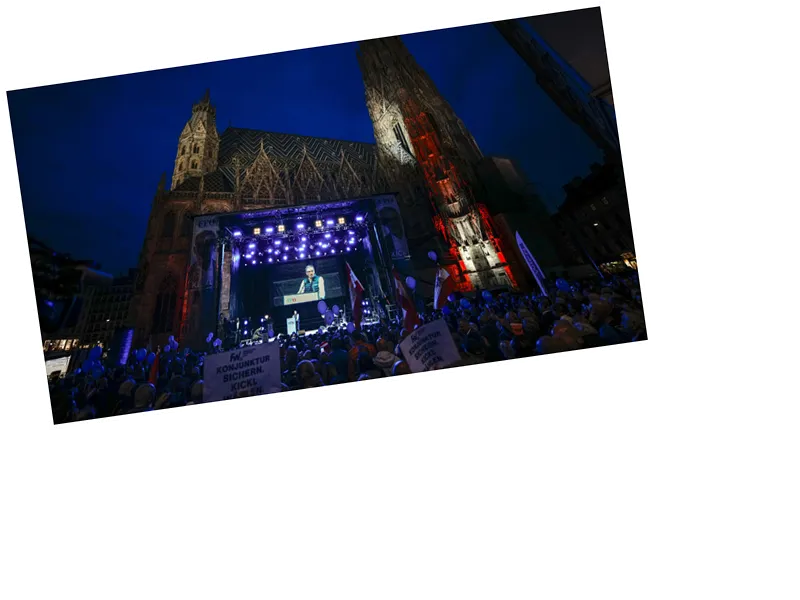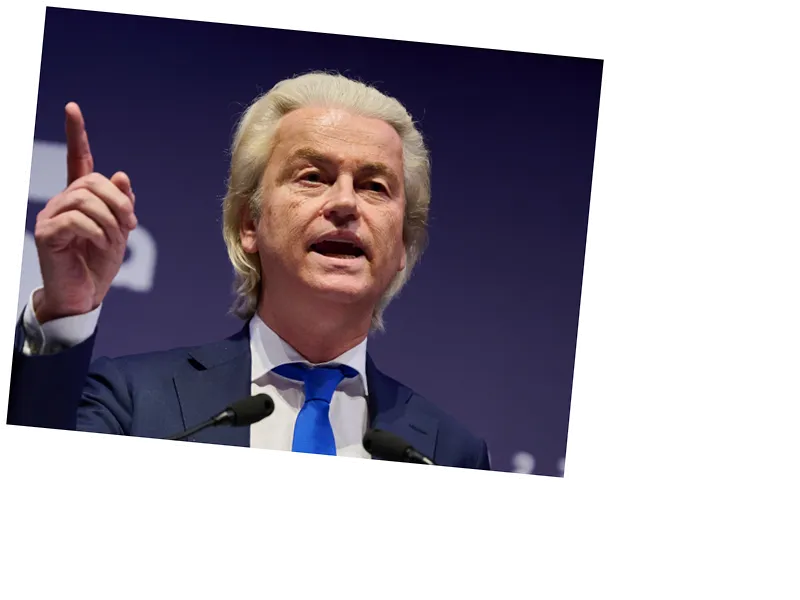The Shift Towards Right-Wing Politics in Europe: A Historical Perspective
Recent developments in European politics have seen a noticeable shift towards right-wing populist and extremist parties, causing concern among various leaders and historians. According to historian Jonas Stephan, the collaboration with these right-wing forces, reminiscent of the political maneuvers in the early 1930s, poses significant risks.
In Germany, the Alternative für Deutschland (AfD) continues to gain ground despite its radical views. The historian warns that collaboration between center-right parties like CDU/CSU and radical factions can lead to a ‘race to radicalization,’ similar to what happened with the rise of the NSDAP in the Weimar Republic. Such strategic decisions, he argues, will eventually strengthen the AfD while causing the CDU/CSU to lose voter trust.
At the European Union level, the latest European Parliament elections indicate that far-right parties have achieved unprecedented gains but haven’t swept the board uniformly. With nearly a quarter of the seats, the far-right has attained its highest representation thus far, though their impact remains fragmented across different member states.
In some countries like France and Germany, the right-wing forces showed significant strength. The far-right Rassemblement National (RN) in France and AfD in Germany both performed exceptionally well, raising concerns about their influence on national and EU politics. However, in other countries like Belgium and Denmark, far-right parties underperformed.
European Commission President Ursula von der Leyen acknowledged the situation's gravity, emphasizing the need for pro-European center parties to act as anchors of stability. She noted the rise of extremist factions on both the left and right, which places a significant responsibility on the political center to safeguard democratic principles and human rights.
The issue of possible Russian interference in the elections adds another layer of complexity. Despite efforts to mitigate external manipulations, authorities could not entirely prevent them, with Russia reportedly attempting to exploit the situation to sow discord among EU nations.
The rise of right-wing populism isn’t confined to a single nation; it's a trend observed across various EU member states. This shift highlights underlying socio-economic disparities and dissatisfaction among the populace, factors that radical parties exploit to gain support. The historian's insights underscore the importance of historical context in understanding and addressing the current political landscape in Europe.
- The European elections have shown a significant rise in support for far-right parties in countries like France, Germany, Italy, and Austria. In France, this shift has led President Emmanuel Macron to dissolve the National Assembly, while in Germany, it has further destabilized Chancellor Olaf Scholz's coalition government.
- In Hungary, Austria, and the Netherlands, far-right parties have made notable gains as well. However, despite their increased presence, the main pro-European parties managed to maintain a slim majority in the European Parliament. The center-right European People's Party (EPP) and other pro-European factions need to navigate this divided landscape carefully to ensure the stability of the EU.
- The rise of right-wing extremism also correlates with increased political violence, as seen in the recent attacks on election workers. This trend is particularly concerning given the historical precedents of such violence preceding more extensive civic unrest.
- Parallels between current far-right tactics and those from pre-World War II Germany are evident, especially in their use of ethnopluralist rhetoric. This strategy involves rebranding ethnic nationalism to appeal to contemporary sensibilities, making it a worrisome development for the multicultural EU.






